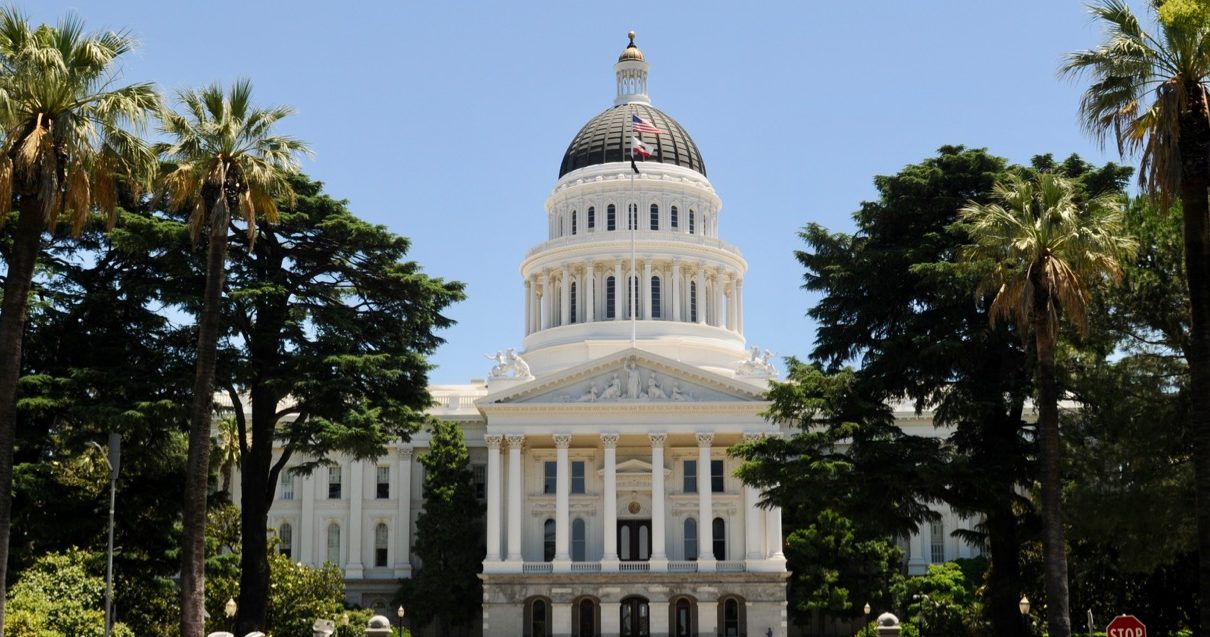
California State Capitol. (Photo: Kevin Sanders for California Globe)
California State Agencies and Their Role in Public Policy
More than 200 of these entities in California government
By Chris Micheli, September 16, 2019 2:25 am
California’s agencies, as well as the departments, boards and commissions under them, engage in a tremendous amount of public policymaking through both the rule making process, and their interpretation and enforcement of existing statutes and regulations. These agencies are the ones who generally run the day-to-day operations of state government and implement the statutes adopted by the Legislature and signed by the Governor.
With over 200 of these entities in California government, these state agencies develop policy by adopting regulations and implementing statutes. Moreover, they engage in policy making when these agencies issue guidelines, legal opinions, management memos, and other written documents that interpret the laws and implementing regulations.
When dealing with a given state agency, it is important first of all to know whether it is a plural executive, independent, or Governor’s line authority agency. Generally speaking, the Governor has less control over “plural executive” and “independent” agencies. These separate agencies are generally able to manage their daily affairs and conduct rule making without supervision or oversight from the Governor. On the other hand, the Governor has considerable authority to manage line authority agencies, including the ability to direct or restrict their rule making activities.
When dealing with agencies that are under the line authority of the Governor, it is important to know where they fit in terms of the organizational hierarchy. Departments or agencies that are under larger agencies or departments are subject to supervision and coordination by those agencies or departments. Their interactions with the Governor also tend to be limited.
However, when it comes to rule making (i.e., the adoption of regulations under the state’s Administrative Procedures Act), the supervising or coordinating agencies usually allow significant latitude to the agency or department that is directed by statute to adopt such regulations.
Generally speaking, the authority of State agencies to adopt policy (by their rule making ability) is defined and restricted by statute. State statutes usually prescribe each agency’s authority to adopt policy; and, it is an established principle of administrative law that an agency cannot go beyond its legally-prescribed authority to regulate.
On the other hand, many statutes confer broad powers to some state agencies regarding matters that directly affect the general public (such as the Department of Motor Vehicles, the Air Resources Board, and the Department of Fair Employment and Housing). The regulations and administrative practices of these agencies affect millions of Californians in their daily lives.
Interested parties have significant access to the rule making activities of state agencies by virtue of the California Administrative Procedure Act (APA). In addition, every state agency is required to annually adopt a “rule making calendar” (Government Code Section 11017.6) that describes regulatory actions the agency anticipates taking during the calendar year. The APA is overseen by the Office of Administrative Law (OAL).
The OAL website includes helpful information for interested parties to track pending and adopted regulations. OAL also produces a guidebook on the rule making process that is of value to those who are getting acquainted with the APA process or those participating in the rule making process for the first time. In either instance, it is important to understand the rule making process and the role of state agencies.
An interesting phenomenon is that businesses cannot rely in good faith upon the written determinations issued by state agencies. For example, even if a business asks for and receives written guidance from a state agency as to how a law is interpreted, the business does not have any legal protection against a liability suit. This is an instance where the state agency’s written interpretation is not given any legal weight by a reviewing court. The courts can consider these determinations, but they do not provide an affirmative defense to those receiving them.
In other words, despite being charged with interpreting, implementing and enforcing California statutes and regulations, individuals and businesses that obtain written guidance from state agencies have no protection from legal liability even if they follow that guidance. However, there are a few agencies that provide limited protections. For example, the Fair Political Practices Commission has advice letters to requesters that provide immunity from liability. The Franchise Tax Board and the Board of Equalization each have Chief Counsel Rulings that provide protection to taxpayers.
State agencies play a key role in public policy development in California through their rule making activities, as well as their interpretation and enforcement of statutes and regulations. There are both public (through interested parties) and private (Administration with line control agencies) influences on these agencies in their policy role.
By Thomas Nussbaum and Chris Micheli: Thomas Nussbaum is the former Chancellor of the California Community Colleges. Chris Micheli is a lobbyist with Aprea & Micheli, Inc. Both are Adjunct Professors of Law at McGeorge School of Law.
- Joint Custody under California Law - December 9, 2025
- Change of Name in California - December 9, 2025
- Bond Elections and Harbor Improvement Bonds - December 8, 2025





One thought on “California State Agencies and Their Role in Public Policy”